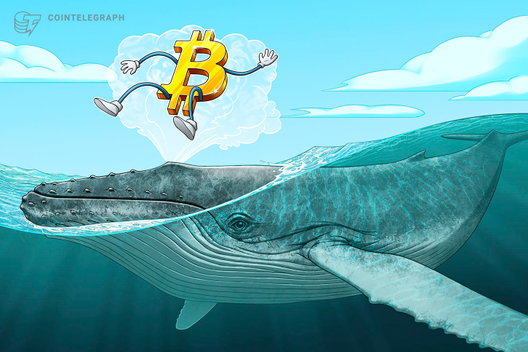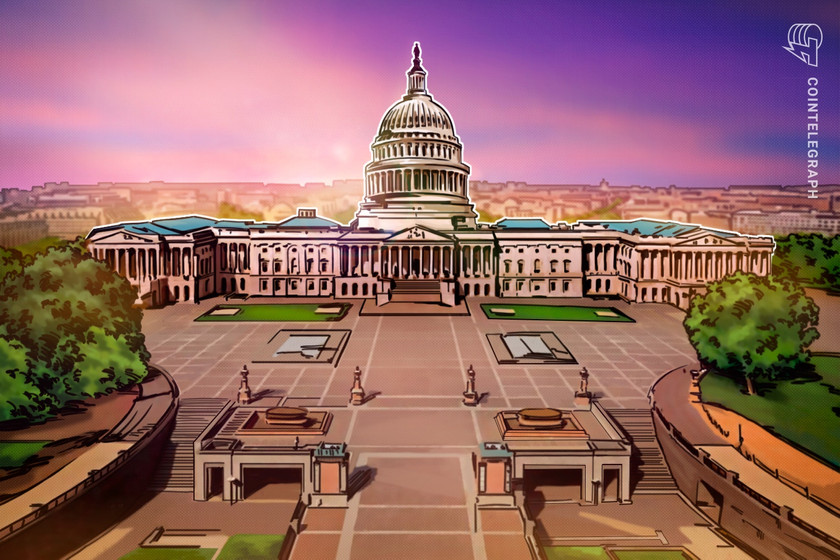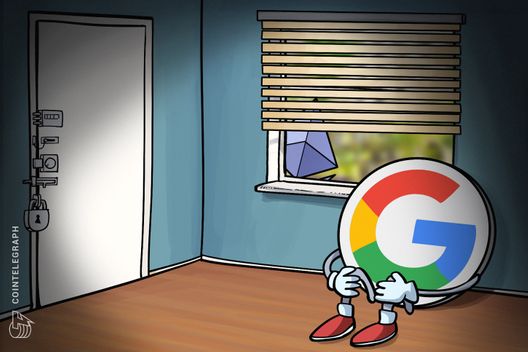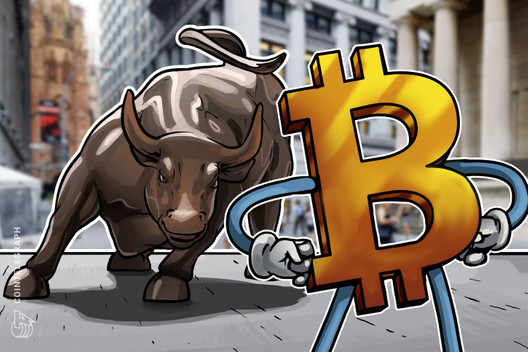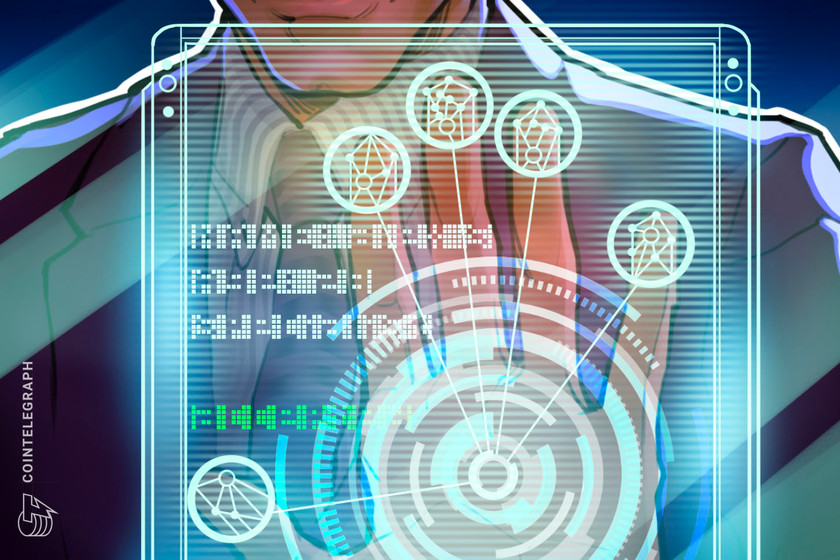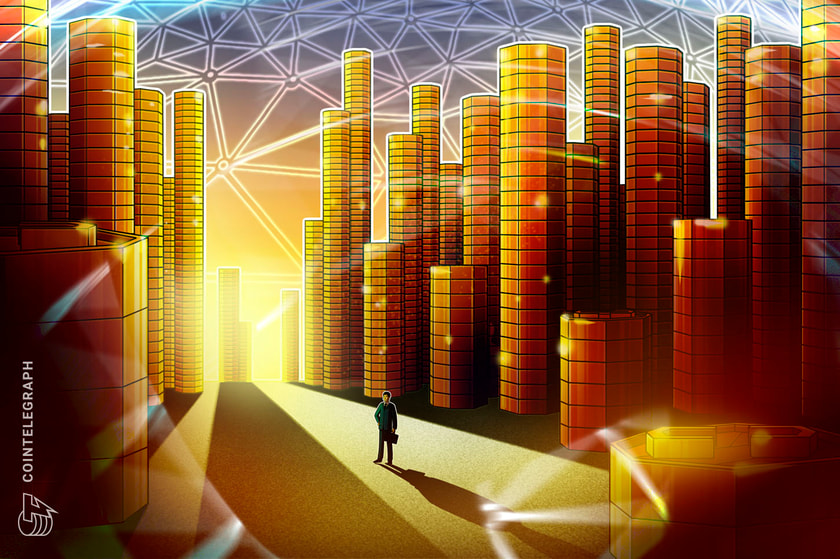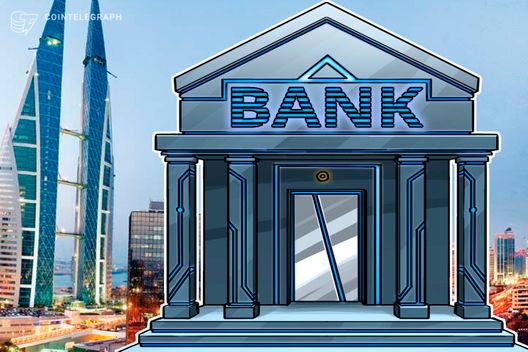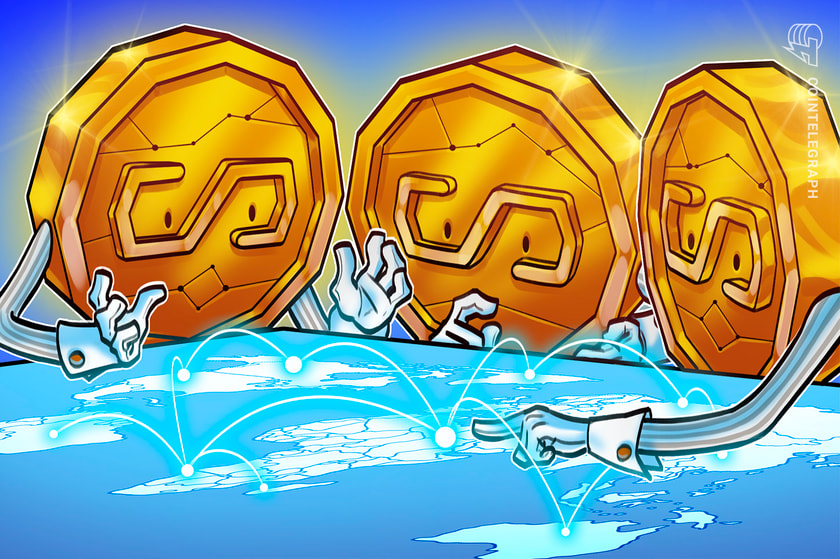Ordinals protocol sparks debate over NFT’s place in the Bitcoin ecosystem
The recent launch of a nonfungible token (NFT) protocol on the Bitcoin mainnet has the crypto community divided over whether it’ll be good for the Bitcoin ecosystem.
The protocol, referred to as “Ordinals,” was created by software engineer Casey Rodarmor, who officially launched the program on the Bitcoin mainnet following a Jan. 21 blog post.
The protocol essentially allows for the Bitcoin version of NFTs — described as “digital artifacts” on the Bitcoin network.
These “digital artificats” can comprise of JPEG-like images, PDFs, video and audio formats.

The introduction of the protocol has the Bitcoin community divided however, with some arguing that it would offer more financial use cases for Bitcoin, while others say its straying away from Satoshi Nakamoto’s vision of Bitcoin as a peer-to-peer cash system.
Bitcoin bull Dan Held was one of those on board with the development, noting that it would drive demand for block space, and thus fees, while bringing more use cases to Bitcoin.
Why it’s good:
– Brings more financial use cases to Bitcoin
– Drives more demand for block space (aka fees)My take:
– If you pay a tx fee, it’s not spam.
– Bitcoin is permissionless. Can’t stop anyone from building it anyway.— Dan Held (@danheld) January 29, 2023
Some have pointed out that these NFT-like structures have taken up block space on the Bitcoin network, which could drive up transaction fees.
— Bitcoin News ⚡ (@BitcoinNewsCom) January 29, 2023
Among those include “Bitcoin is Saving” on Twitter, suggesting to its 237,600 followers on Jan. 29 that “privileged wealthy white” people’s desire to put JPEGs as status symbols may exclude marginalized people from participating in the Bitcoin network.
Cryptocurrency researcher Eric Wall disagreed with the opinion that the in-built block size limit will prevent a rise in transaction fees.
Others, such as Blockstream CEO and Bitcoin core developer Adam Back wasn’t happy with meme culture being brought to Bitcoin, who suggested the developers to take the “stupidity” elsewhere:
“you can’t stop them” well ofc! bitcoin is designed to be censor resistant. doesn’t stop us mildly commenting on the sheer waste and stupidity of an encoding. at least do something efficient. otherwise it’s another proof of consumption of block-space thingy.
— Adam Back (@adam3us) January 29, 2023
However, Ethereum bull and host of The Daily Gwei Anthony Sassano took a shot at the Blockstream CEO for wanting “undesirable” transactions to be censored — which many believe goes against the ethos of Bitcoin:
Adam Back and Luke Dashjr are both Bitcoin core developers who have encouraged censorship over the last 48 hours of these “undesirable” transactions
So no, it isn’t just Bitcoin maximalists – it’s actual Bitcoin core developers
— sassal.eth (@sassal0x) January 30, 2023
Related: Stacks ecosystem becomes #1 Web3 project on Bitcoin
In a blog post, Rodarmor explained that the NFT-like structures are created by inscribing satoshis — the native currency of the Bitcoin network — with arbitrary content.
These inscribed satoshis — which are cryptographically represented by a string of numbers — can then be secured or transferred to other Bitcoin addresses, according to notes in Ordinal’s technical documentation:
“Inscribing is done by sending the satoshi to be inscribed in a transaction that reveals the inscription content on-chain. This content is then inextricably linked to that satoshi, turning it into an immutable digital artifact that can be tracked, transferred, hoarded, bought, sold, lost, and rediscovered.”
The inscriptions take place on the Bitcoin mainnet, no sidechain or separate token is needed, the document states.
Inscriptions are finally ready for Bitcoin mainnet.
Inscriptions are like NFTs, but are true digital artifacts: decentralized, immutable, always on-chain, and native to Bitcoin. https://t.co/a4dK7zdITS
— Casey Rodarmor (@rodarmor) January 20, 2023
It appears that only 277 digital artifacts have been inscripted thus far, according to the Ordinals website.
Interestingly, Rodarmor — admitted in an Aug. 25 interview on Hell Money Podcast that Ordinals was created to bring memes to life on Bitcoin:
“This is 100% a meme-driven development.”

